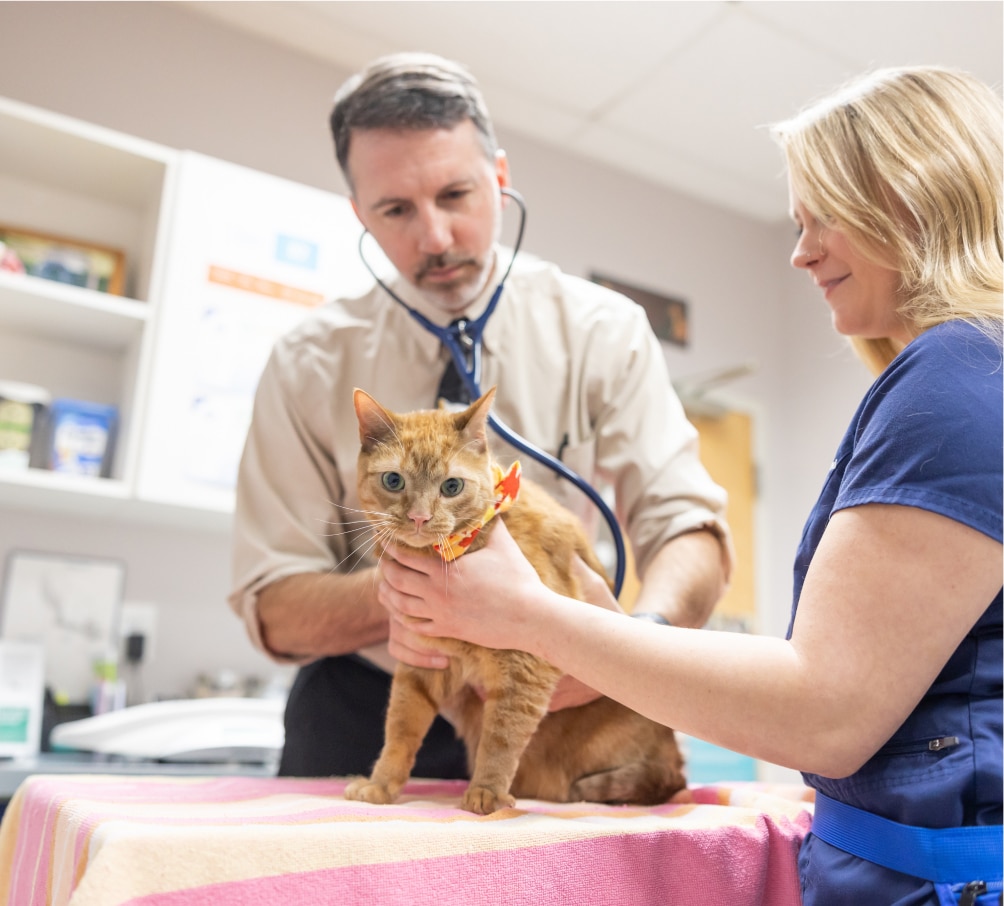As a pet owner, you do everything you can to keep your pet safe.
In recent years, you might have heard of microchip implants for cats and dogs. This technology is becoming increasingly common, but you might still have questions about the procedure, its potential risks, and whether or not it is worth it.
In short, many vets, animal rescues, and pet sellers highly recommend microchips. Keep reading to discover everything you need to know about implant microchips.
What Are Microchips, & How Do They Work?
A microchip is a small electronic identifier, about the size of a grain of rice.
It is implanted just under the skin of the cat or dog, typically between the shoulder blades. It can be inserted at any point in your pet’s life, though many puppies and kittens receive it during the spay/neuter process.
The insertion is done with a needle, much like a vaccination, and can even be performed while the pet is awake. It causes little to no harm or distress to the animal.
Much like the VIN of a car, the microchip contains a unique identification number that can be accessed by radio-frequency. All vet clinics and rescue shelters, as well as many police departments, have microchip scanners they can use to read this number.
Some people believe that microchips work like a GPS tracker that locates the pet, but this is a misconception.
In truth, the owner registers the identification number with their contact information. If your pet gets lost, the chip can be scanned, and their rescuers can reach you as soon as possible.
Are Microchips Safe?
Negative reactions to the implant are very rare. Most pets only experience minor swelling and tenderness, which lasts just a couple of days.
The most common issue reported is microchip migration, when the chip moves from its original location. This does not typically cause any further health issues, though it still needs to be located and removed.
Microchip manufacturers are constantly innovating ways to fix this issue.
Ironically, constantly checking that the microchip is in place can actually cause it to dislodge front the surrounding tissue and move. Though this issue is rare, avoid excessively touching the microchip through your pet’s skin.
Another safety concern some people may consider is the accessibility of their personal information. The good news is that only trusted officials will have access to microchip scanners, and protections are in place to keep this information secure.
Should I Microchip My Pet?
You may be wondering why a microchip is better than a traditional collar and tag.
Well, consider what would happen if your pet got lost and his collar broke, or if the tag fell off. This kind of thing happens all the time, and many pets are not reconnected with their owners. In addition, many indoor cats don’t wear collars, and if they ever slip past you out the door they could be lost forever.
In the worst-case scenarios, you may be separated from your pet due to natural disaster or pet theft. In these cases, microchips are especially important because they are more reliable than collars. They have even been used in court to prove legal ownership of stolen pets.
Studies have shown the effectiveness of microchips. Dogs with a microchip are 2.4 times more likely to be reunited with their owners, while microchipped cats are 21.4 times more likely to be reunited!
In conclusion, microchips are extremely reliable, safe, and effective.
On top of that, they are not expensive and never have to be replaced. Since they last a lifetime, it is important to keep it up-to-date if you change address or phone numbers.
Comprehensive Pet Care Services in Frederick, MD
Here at Old Farm Veterinary Hospital, we know the importance of your pets’ wellbeing. In addition to microchipping, we offer a variety of services, including routine wellness visits and grooming. Our skilled and caring team is dedicated to helping pets in Frederick, Maryland, and beyond to stay happy and healthy. Call today to schedule an appointment!



